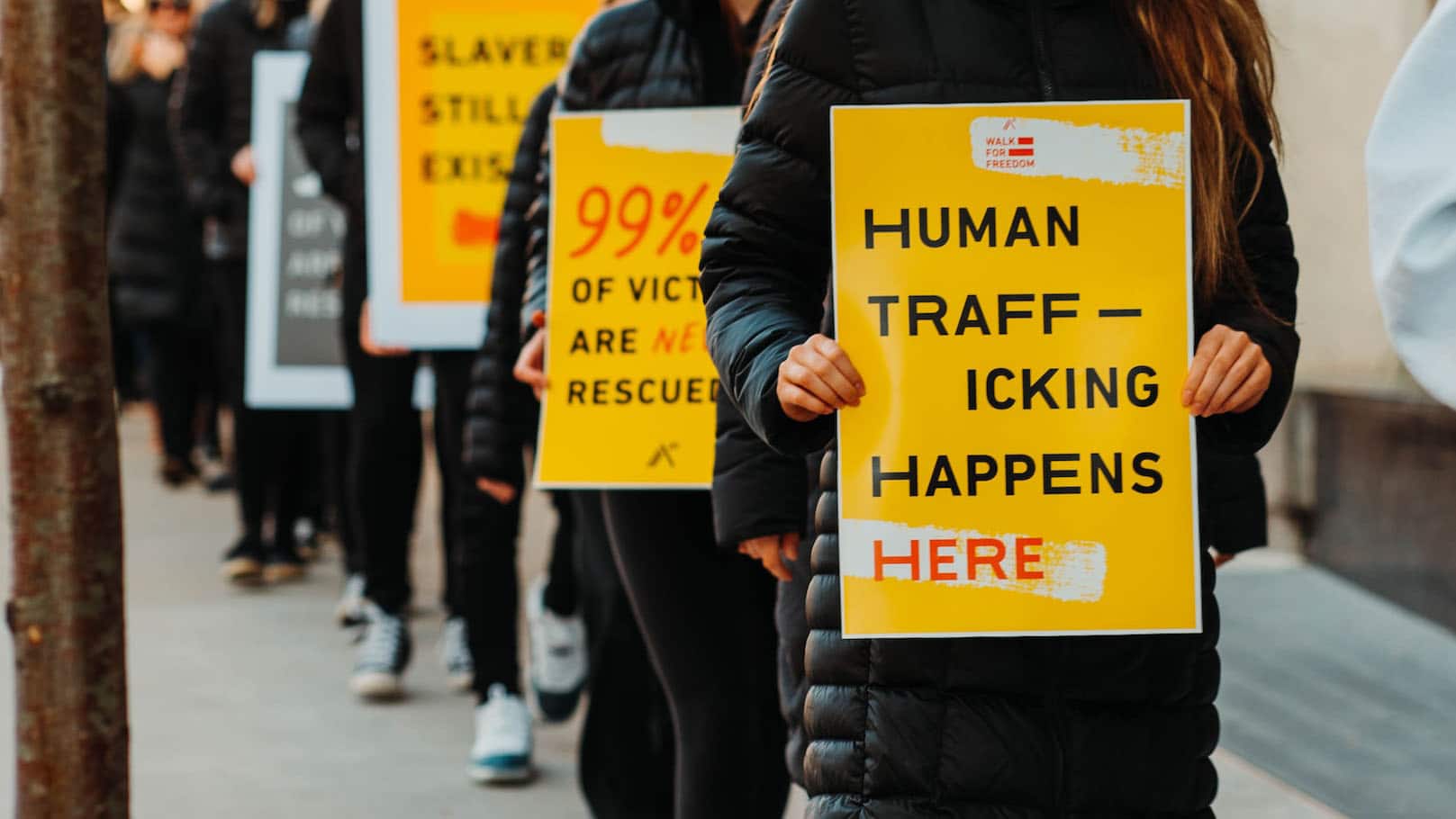New Computational Tools to Help Target Sex, Labor Trafficking Operations

For Immediate Release
Researchers from North Carolina State University collaborated with a counter-human trafficking organization, Global Emancipation Network, to develop computational models that can help fight human trafficking. The models draw on publicly available data to identify massage businesses that are most likely to be violating laws related to sex trafficking and labor trafficking.
“It’s well established that massage businesses may be used as covers for illegal operations that involve sex trafficking and labor trafficking,” says Margaret Tobey, a Ph.D. student at NC State and corresponding author of a paper on the work. “However, most massage businesses are legitimate. And it is difficult for law enforcement or other organizations to determine which businesses are legitimate and which are fronts for illegal activity.”
“Our goal was to create statistical tools that could help relevant authorities determine which businesses possess risk factors related to trafficking, so that they can determine which sites to focus their investigative efforts on,” says Maria Mayorga, co-author of the paper and a professor in NC State’s Edward P. Fitts Department of Industrial and Systems Engineering.
“We also wanted to ensure that the tools we developed are sufficiently user-friendly to be practical for both law enforcement and organizations that focus on helping victims of sex trafficking and labor trafficking,” Tobey says.
To develop the tools, the researchers first interviewed law enforcement, government officials, and experts from organizations that work with survivors of sex and labor trafficking. The interviews were focused on identifying variables associated with an increased likelihood that a massage business might be engaged in illegal activity. For example, businesses that catered almost exclusively to male clients were more likely to be associated with sex trafficking.
Once the researchers had identified a suite of relevant variables, they looked for publicly available sources of data related to those variables. For example, online customer review sites allowed researchers to estimate what proportion of a business’s clients were men. Other data sources included census data for the neighborhood where a business was located, geographical proximity to various other businesses and transportation hubs, and so on.
Ultimately, the researchers developed two computational models that provide users with probability scores on the likelihood that any given massage business is engaged in illegal activity.
“We trained and validated these models using data from Florida and Texas, because we were able to collect robust data sets from those states,” Tobey says. “We found each model had strengths that could appeal to different users depending on their goals.”
One model – called the risk score model – had fewer false positives, meaning if the model said a business was likely to be engaged in illegal activity, it was more likely to be correct. But this model was also more likely to list some illicit businesses as legitimate.
On the other hand, the second model – called a decision tree model – had fewer false negatives. In other words, if the decision tree model said a business was unlikely to be engaged in illegal activity, it was more likely to be correct. But it was also more likely to list legitimate business as suspicious.
“It’s a trade-off,” Tobey says. “If you have very limited resources, you probably want to use the risk score model, because you’re more likely to find businesses that are engaged in illegal activity. However, you’re also likely to miss some. If you have enough resources, you probably want to use the decision tree model, because you’re less likely to miss any illegal operation.
“Ultimately, both of these models can be used by relevant parties to prioritize which businesses merit investigation.”
The researchers are currently in the process of developing a user-friendly decision support tool that can be deployed to law enforcement and nonprofit organizations for use in aiding investigations of sex and human trafficking.
“We’re optimistic that this tool can empower trafficking victims, improve public safety and contribute to the development of evidence-based public policy that addresses these issues,” says Sherrie Caltagirone, co-author of the paper and executive director of Global Emancipation Network.
The paper, “Interpretable models for the automated detection of human trafficking in illicit massage businesses,” is published in the journal IISE Transactions. The paper was co-authored by Ruoting Li, a Ph.D. student at NC State; and Osman Özaltın, an associate professor in NC State’s Edward P. Fitts Department of Industrial and Systems Engineering.
The work was done with support from the National Science Foundation, under grant number 1936331.
-shipman-
Note to Editors: The study abstract follows.
“Interpretable models for the automated detection of human trafficking in illicit massage businesses”
Authors: Margaret Tobey, Ruoting Li, Osman Y. Özaltın and Maria E. Mayorga, North Carolina State University; and Sherrie Caltagirone, Global Emancipation Network
Published: Sept. 16, IISE Transactions
DOI: 10.1080/24725854.2022.2113187
Abstract: Sexually oriented establishments across the United States often pose as massage businesses and force victim workers into a hybrid of sex and labor trafficking, simultaneously harming the legitimate massage industry. Stakeholders with varied goals and approaches to dismantling the illicit massage industry all report the need for multi-source data to clearly and transparently identify the worst offenders and highlight patterns in behaviors. We utilize findings from primary stakeholder interviews with law enforcement, regulatory bodies, legitimate massage practitioners, and subject-matter experts from nonprofit organizations to identify data sources and potential indicators of illicit massage businesses (IMBs). We focus our analysis on data from open sources in Texas and Florida including customer reviews and business data from Yelp.com, the U.S. Census, and GIS files such as truck stop, highway, and military base locations. We build two interpretable prediction models, risk scores and optimal decision trees, to determine the risk that a given massage establishment is an IMB. The proposed multi-source data-based approach and interpretable models can be used by stakeholders at all levels to save time and resources, serve victim-workers, and support well informed regulatory efforts.


